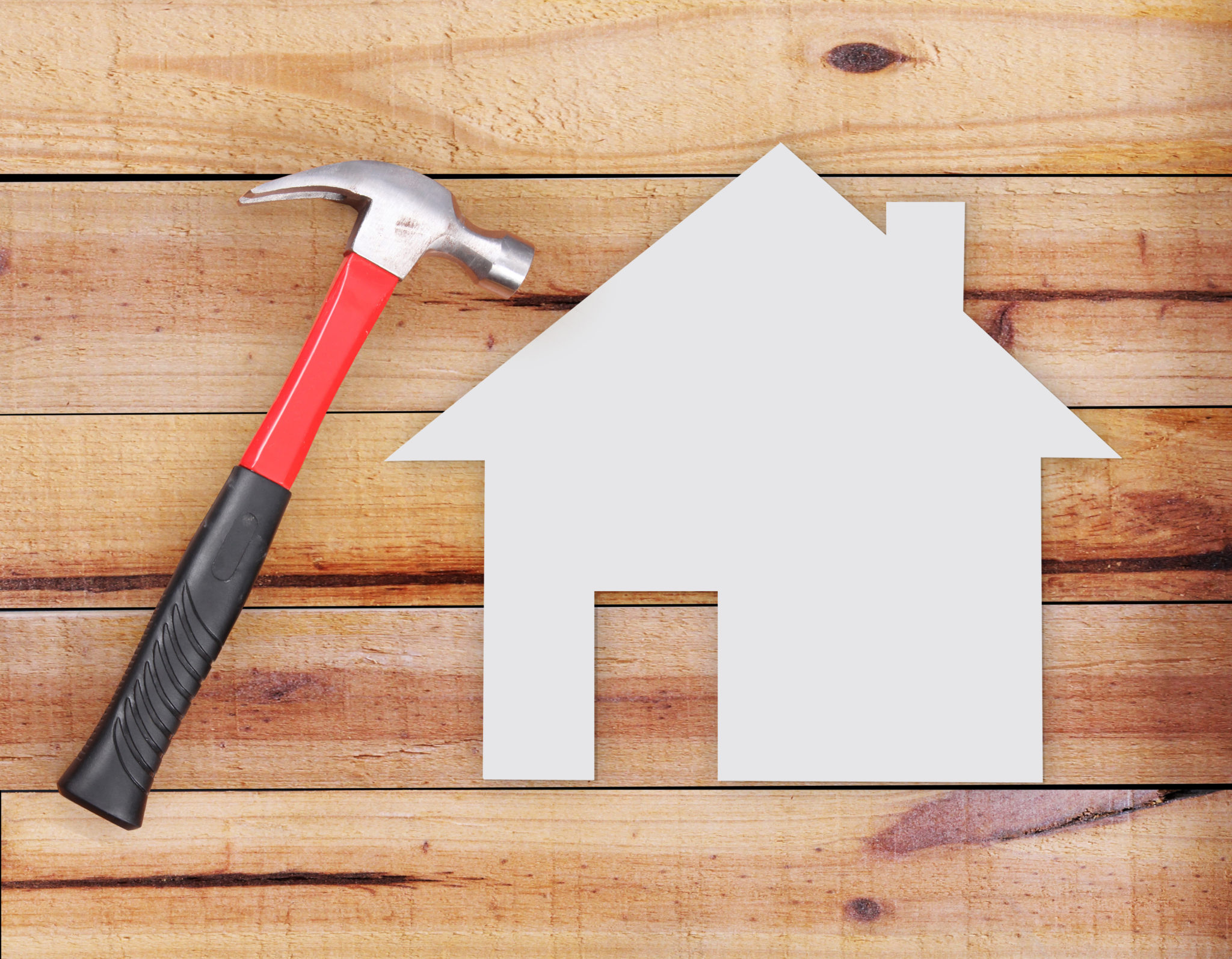Considered one of the most viable solutions for the country’s lack of affordable housing, the manufactured housing segment has maintained a strong outlook throughout the first half of this year, despite COVID-19’s impact. And, the market is growing! The industry is building more homes in response to the demand. Manufactured home production has increased for nine straight years. According to a report by the U.S. Census Bureau, 94,600 new manufactured homes were shipped in 2019, a 14% increase from just three years prior. The top five destinations in 2019 for new manufactured homes were TX, AL, FL, SC, and NC.
More than 22 million people in the U.S. live in manufactured housing. There are more than 8.5 million manufactured homes in the U.S., according to the Manufactured Housing Institute (MHI) – that is nearly 10 percent of the nation’s housing stock!
Customization, in a Controlled Environment
It’s easy to see why manufactured homes are becoming an increasingly popular choice. The available models can be diversified and enhanced, offering comparable amenities and curb appeal, so they can blend seamlessly into traditional neighborhoods of site-built homes. And, manufactured housing leverages the advantages and efficiencies gained from producing in a controlled environment, which may include reduced construction costs, dependable construction timing, continuous assembly, and reduction of risks from weather.
Factory-built homes increase homeownership opportunities by providing an environmentally responsible alternative to help American families find affordable housing with amenities that rival and often surpass more traditionally constructed homes. In most cases, manufactured homes are made in America, built by highly skilled workers aided by the latest manufacturing techniques and crafted with precision. Homebuyers select the size and layout, and customize it with upgrades to fit their needs, including modern kitchens with new appliances, luxury bathrooms and wood burning fireplaces. Regardless of the specific amenities, all manufactured homes are entirely constructed in a controlled factory environment. Each built to the federal Manufactured Home Construction and Safety Standards, or HUD Code, which went into effect in 1976.
Just as the industry continues to work under the guidance and direction of the FHFA to address the ongoing economic implications and uncertainty related to the coronavirus disease (COVID-19) pandemic and its impact on the mortgage origination process, borrowers continue to seek affordable homes to purchase, and manufactured homes continue to be an increasingly popular choice. There a wide array of manufactured housing financing options, each with their own eligibility requirements and guidelines, including FHA, VA, USDA, Fannie Mae and Freddie Mac.
Changes in CHOICEHomes℠
In response to industry feedback, Freddie Mac, began updating the manufacturer’s specifications for CHOICEHome℠ in March, to encourage manufacturing efficiency and enhance the marketability of this product. The changes include the removal of the requirement that the CHOICEHome must include a garage or carport. Revisions were also made to appraisal requirements; and Freddie Mac recently announced that the revised uniform ARM Notes and Riders were available on its Uniform Instruments web page and Sellers were required to begin using them on June 1, 2020. Due to the increased use of third-party money transfer applications and services, like PayPal and Venmo, requirements for documentation of trade lines and noncredit payment references for Manually Underwritten Mortgages* have also been updated.
Freddie Mac is not the only GSE making changes. As a general rule of thumb, loan originators should consult with their lending partners to confirm current guidelines for all loan programs and property types.
Market Outlook
According to a new report by Market Research Intellect, the manufactured housing market is predicted to witness significant growth over the forecast period, owing, in part, to the growing consumer awareness about the benefits of manufactured housing. Factors like urbanization, high population growth, and a growing middle-class population with higher disposable income are also forecasted to drive market growth.
There are unique loan programs and options especially suited for the purchase of a manufactured home. As more and more families opt to build their American Dream, those who adapt and service the growing manufactured housing market will play a valuable role in supporting affordable housing availability.
Manufactured housing is quality construction at its best, providing an opportunity for people to be homeowners, often at a fraction of the cost of traditional site-built homes. Brokers, correspondents, and loan originators should continue to educate themselves in the variety of MH financing options to help bring more families home.
Photography by [Denphumi] © Shutterstock.com
*Please note, AFR does not offer manual underwriting on FNMA or FHLMC.



